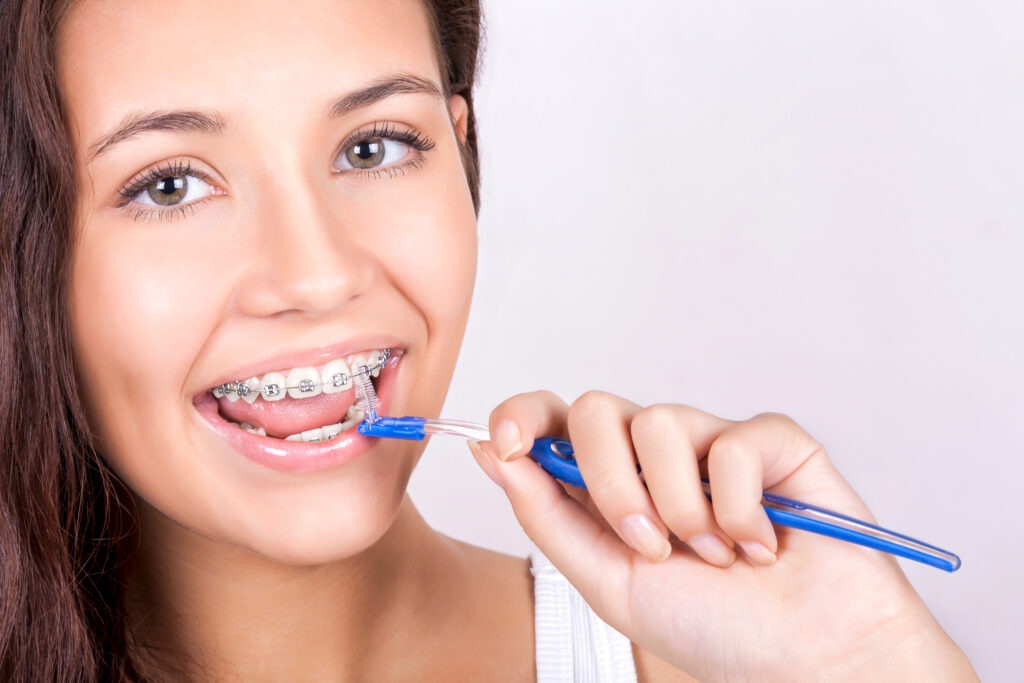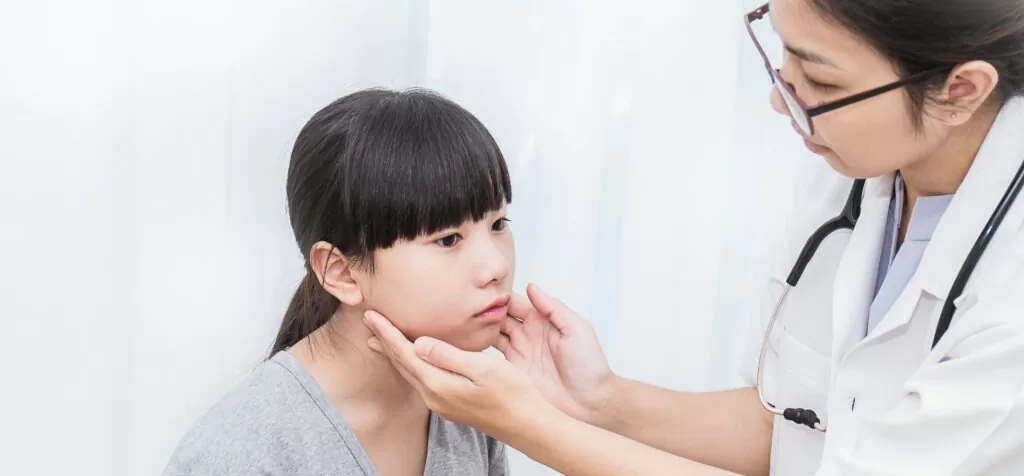
Menopause is a time of big changes to the body. Unfortunately, according to a new study, one of those changes may be obstructive sleep apnea (OSA). The study was published in Menopause, the journal of the North American Menopause Society, and revealed that while it’s already known that postmenopausal women have a 4.5 times higher prevalence of sleep apnea than women who are premenopausal, more dangers are present than just sleep apnea, namely joint pain.
Sleep apnea is a sleep disorder where the affected person has an obstructed airway during sleep, and struggles to breathe, often gasping for air and snoring throughout the night. Many people stop and restart breathing hundreds of times throughout the night. Sleep apnea can be very dangerous if untreated, contributing to illnesses such as diabetes, cancer, Alzheimer’s Disease, heart disease, and chronic kidney disease. Now, we can add joint pain to that list.
While it is not known exactly why women with sleep apnea may experience more joint pain than those without sleep apnea, researchers hypothesize that it could be due to estrogen receptors in the joint tissue which maintain the homeostasis of ligaments, muscles, and cartilage. The higher the respiratory distress signals that were found in the OSA patients, the higher their joint pain levels.
Researchers conclude that now factors like joint pain, along with better-known symptoms such as morning headaches, insomnia, and fatigue are all warning signs for women that they could have sleep apnea, and women who present any of these symptoms should be screened by their physician for sleep apnea.
If you do have sleep apnea, there are several treatment options, however the study did not mention whether or not treating sleep apnea had any effect on the participants’ joint pain. Sleep apnea treatments include surgery, CPAP (continuos positive airway pressure) therapy, and a mandibular orthotic device also known as a MAD.
Dr. Abelar offers mandibular orthotic devices here in the office. These devices are often better tolerated than CPAP therapy because they do not rely on forced air, which many people find uncomfortable, or awkward masks and machinery. Mandibular orthotic devices are custom fit to your individual mouth and prop your airway open manually. They fit comfortably into the mouth, and do not require the use of masks, machinery, or tubing. They are also easier to care for.
If you are interested in learning more about mandibular sleep orthotics, Dr. Abelar will be happy to discuss your options with you. Please contact Dentist in San Diego CA office today to schedule a consultation to see if a mandibular sleep orthotic is the right solution to your sleep apnea.






